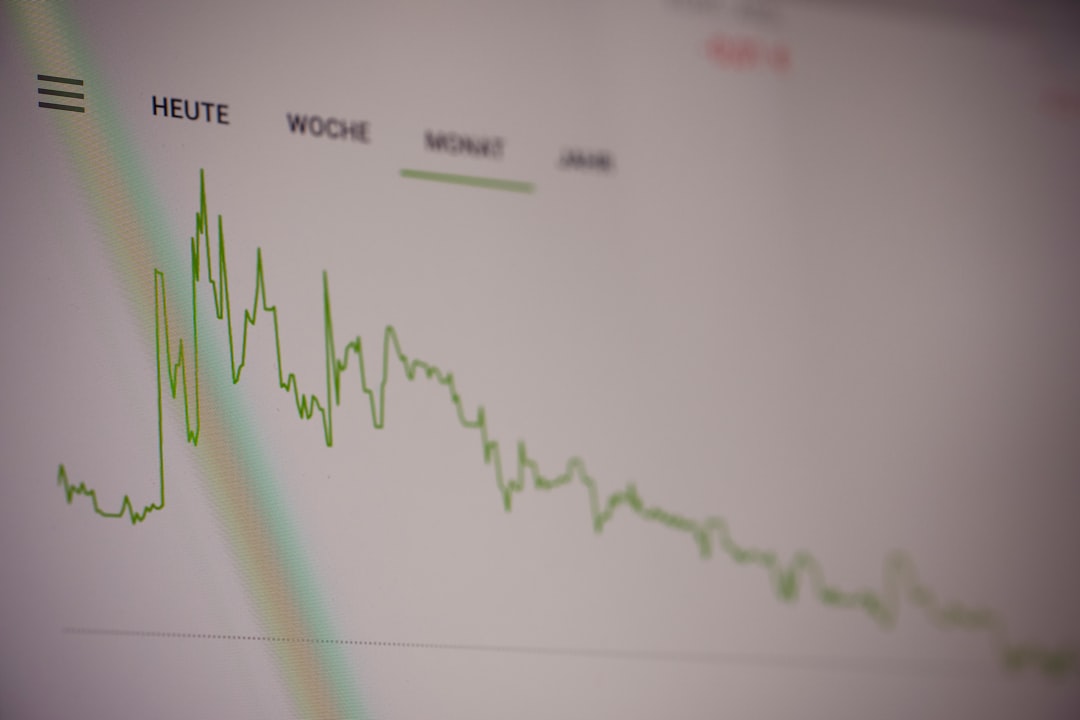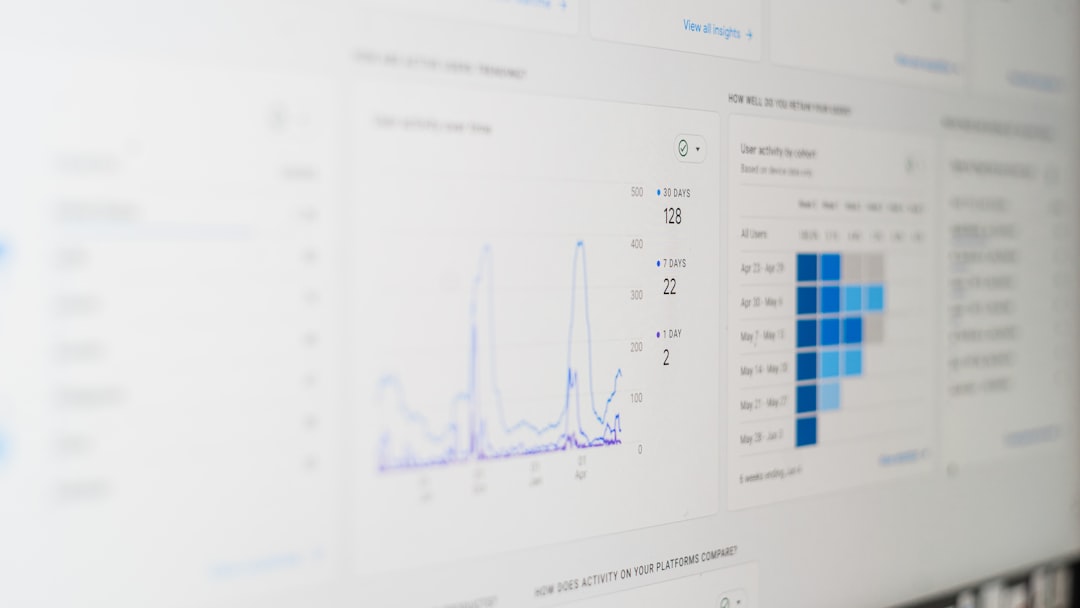In the age of digital marketing, Instagram has become a cornerstone platform for brand visibility and customer engagement. However, to harness its full potential, businesses and influencers must move beyond posting attractive content. Measuring and understanding performance through analytics is crucial. But with countless tools available in the market, how do you find the best Instagram analytics tools for your needs? Here is a comprehensive guide to help you make the right decision.
1. Understand Your Specific Goals
The first step in choosing the best Instagram analytics tool is to clearly define what you want to achieve. Some common objectives include:
- Tracking follower growth over time
- Analyzing engagement metrics such as likes, comments, and shares
- Identifying top-performing content
- Understanding your audience demographics
- Monitoring competitors’ performance
Different tools specialize in different aspects of analytics. For instance, while some focus more on content engagement and post reach, others excel in competitor analysis and community management. Clarifying your goals helps narrow the field considerably.
2. Evaluate Core Features
Once you’ve identified your needs, look for a tool that offers the following essential features:
- Audience Insights: Get detailed information about follower age, gender, location, and peak activity times.
- Content Performance: Know which posts are generating the most reach and engagement.
- Hashtag Analytics: Discover which hashtags drive the most traffic and engagement for your posts.
- Reporting: Ability to create customized and downloadable performance reports.
- Real-Time Metrics: Keep track of live performance to adjust strategies swiftly.

Advanced tools may even offer AI-powered suggestions, influencer identification, and integration with other social platforms for multi-channel analytics.
3. Check for Data Accuracy and Authenticity
A reliable analytics tool sources its data either directly from Instagram’s Graph API or through certified third-party partnerships. It’s crucial to ensure that the metrics you are analyzing reflect actual user behavior rather than estimates or projections. Tools that proudly state their API certification or GDPR compliance are generally more trustworthy.
4. Review the User Interface and Usability
No matter how powerful the backend is, if the dashboard is cluttered or confusing, the user experience will falter. Look for tools with a clean, intuitive interface and good customer support. A well-designed tool can help you focus more on interpreting data instead of wasting time figuring out functionalities.
5. Compare Pricing and Scalability
Analytics tools come in varying price tiers—from basic free versions to premium enterprise-level solutions. Ensure that what you’re paying for aligns with your needs and future growth plans. Some popular tools offer:
- Free versions with limited features
- Mid-range plans suited for small businesses and influencers
- Advanced tiers with full analytics suites for agencies and large brands
Before commiting, take advantage of free trials or demo versions. This will give you a hands-on feel and help you avoid making costly decisions.
6. Read Independent Reviews and Comparisons
While vendor websites often highlight only the strengths of their tools, third-party reviews and user testimonials can give you a balanced perspective. Trusted platforms like G2, Capterra, or even Reddit communities can offer real-world feedback on tool performance, limitations, and customer service responsiveness.

7. Some Top-Rated Instagram Analytics Tools to Consider
If you’re looking for reliable names to start your research, here are some of the most reputable Instagram analytics tools in the market today:
- Sprout Social: Comprehensive analytics with team collaboration features.
- Hootsuite: Multi-channel support with strong reporting capabilities.
- Iconosquare: Visual dashboard tailored for Instagram and Facebook insights.
- Later: Offers post-scheduling with basic yet effective analytics.
- Instagram Insights: Native tool for basic metrics, free to all business accounts.
Each tool has its strengths. Choosing the best one depends on your goals, preferences, and budget.
Conclusion
Finding the right Instagram analytics tool is not just about picking the most popular name. It’s about aligning your unique business goals with the features, user experience, and pricing that make the most sense for you. By carefully evaluating what each tool offers, testing free trials, and reviewing third-party feedback, you can equip yourself with the insights needed to grow your presence on Instagram strategically and effectively.




